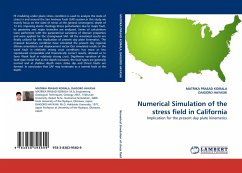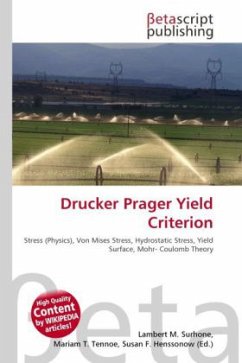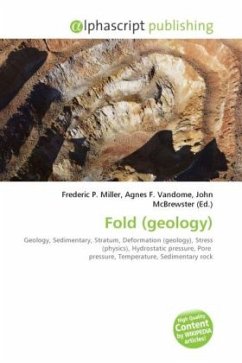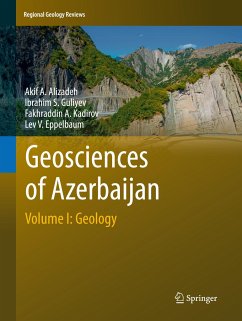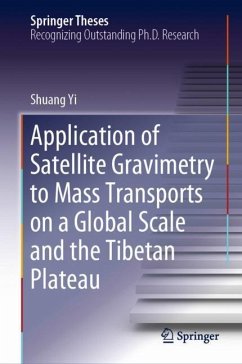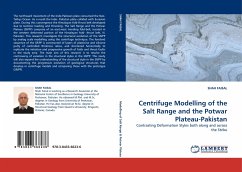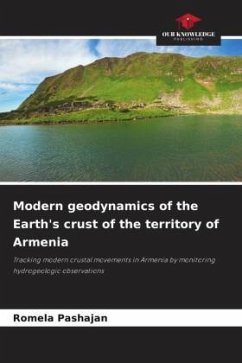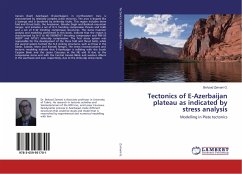
Tectonics of E-Azerbaijan plateau as indicated by stress analysis
Modelling in Plate tectonics
Versandkostenfrei!
Versandfertig in 6-10 Tagen
37,99 €
inkl. MwSt.

PAYBACK Punkte
19 °P sammeln!
Iranian (East) Azerbaijan (E-Azerbaijan), in northwestern Iran, is characterized by relatively complex active tectonics. The area is shaped like a lozenge and is bordered by strike-slip faults. This region includes three fold and thrust belts, the Arasbaran, Ghoshe Dagh and Bozkosh mountain ranges, and includes a set of N-S trending compressive thrusts and folds and a set of E-W trending compressive structures. The stress inversion analysis and modeling performed in this book, indicate that the region is characterized by N-S to NE-SW(N018°) thrusting compression and NW-SE (N287° and N155°) ...
Iranian (East) Azerbaijan (E-Azerbaijan), in northwestern Iran, is characterized by relatively complex active tectonics. The area is shaped like a lozenge and is bordered by strike-slip faults. This region includes three fold and thrust belts, the Arasbaran, Ghoshe Dagh and Bozkosh mountain ranges, and includes a set of N-S trending compressive thrusts and folds and a set of E-W trending compressive structures. The stress inversion analysis and modeling performed in this book, indicate that the region is characterized by N-S to NE-SW(N018°) thrusting compression and NW-SE (N287° and N155°) strike-slip compression. The first stress system was responsible for the development of the three fold and thrust belts, while the second system formed the N-S striking structures, such as those in the Talesh, Salavat, Moro and Kiamaki Ranges. The stress reconstructions and tectonic modeling indicate that E-Azerbaijan is colliding with the South Caspian Basin and the Lesser Caucasus in the NE and N due to the compressive stress and with the Central Iranian Block and western Alborz in the southeast and east, respectively, due to the strike-slip stress mode.



